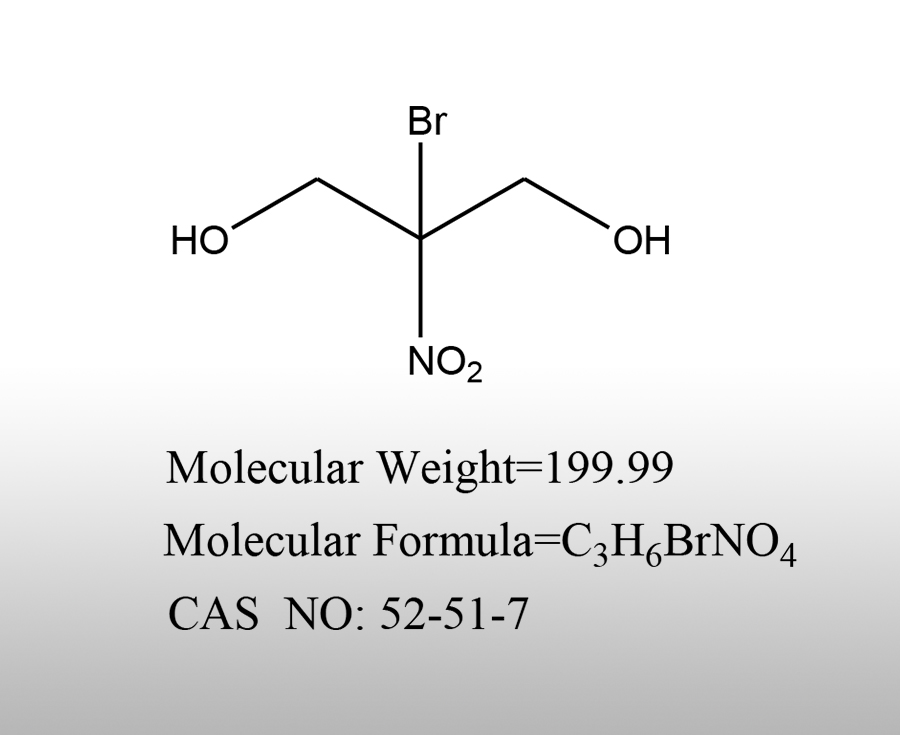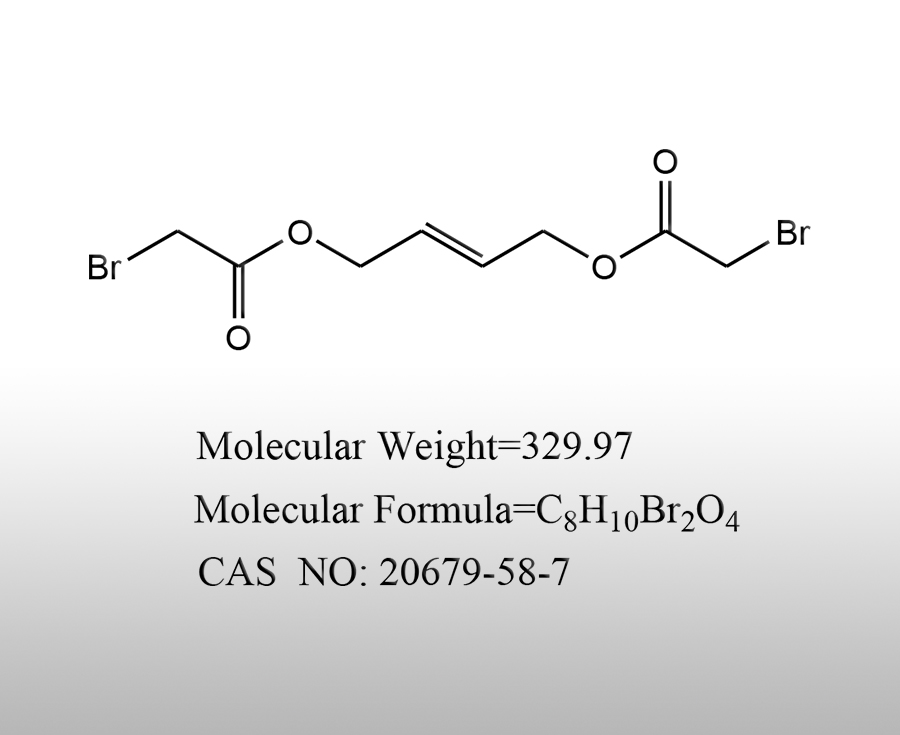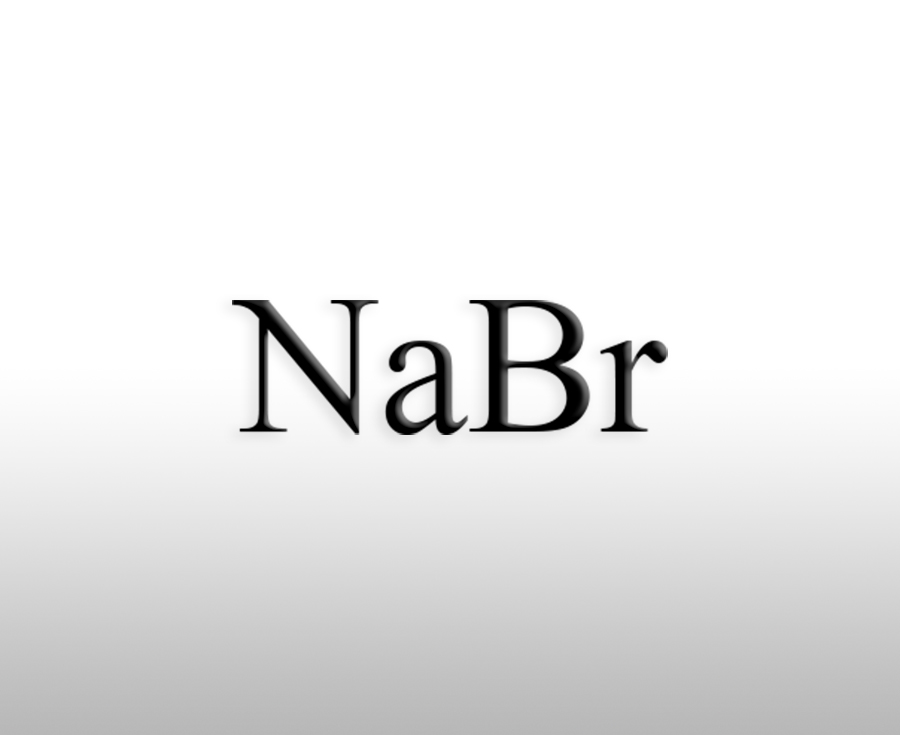News Center
Popular products
Sales Department Tel:
0512-52836238
0512-52836128
0512-52358728
Sales Department Fax
0512-52836278
Sales Department Email
xu@worldbrom.com
Purchasing Department Tel/ Fax
0512-52836228
Headquarters Address US Office
, No. 18 Haitian Road, Advanced Material Industrial Park, Changshu City, Jiangsu
Tel
+1 832-857-1028
U.S. office mailbox
Lauren@worldbrom.com
shelia@worldbrom.com
U.S. office address
Creekside Park, The Woodlands, Texas 77375, USA
corporate website
www.worldbrom.com
0512-52836238
0512-52836128
0512-52358728
Sales Department Fax
0512-52836278
Sales Department Email
xu@worldbrom.com
Purchasing Department Tel/ Fax
0512-52836228
Headquarters Address US Office
, No. 18 Haitian Road, Advanced Material Industrial Park, Changshu City, Jiangsu
Tel
+1 832-857-1028
U.S. office mailbox
Lauren@worldbrom.com
shelia@worldbrom.com
U.S. office address
Creekside Park, The Woodlands, Texas 77375, USA
corporate website
www.worldbrom.com
Procurement Hotline
0512-52836128
What are the preparation methods of potassium bromide
The preparation method of potassium bromide (KBr) is mainly based on the chemical conversion of bromine element, which can be divided into two categories: industrial production and laboratory synthesis. The following is a brief description of the core preparation method:Sources:www.worldbrom.com | PublishDate:2025.07.02
1、 Industrial preparation methods
1. Bromine and potassium hydroxide disproportionation reaction method
Principle: Bromine (Br ₂) reacts with potassium hydroxide (KOH) under heating conditions to produce potassium bromide (KBr) and potassium bromate (KBrO ∝), which are then decomposed or reduced by heating or electrolysis to remove potassium bromate.
2. Ore decomposition reaction method
Principle: Using bromine containing ore (such as sodium bromide) as raw material, it undergoes a double decomposition reaction with potassium carbonate (K ₂ CO3) to generate potassium bromide.
3. Hydrobromic acid neutralization method (industrial by-product utilization)
Principle: Industrial hydrobromic acid (HBr) is neutralized with potassium hydroxide (KOH) to form potassium bromide.
2、 Laboratory preparation method
1. Hydrobromic acid potassium hydroxide neutralization method
Operation: Add hydrobromic acid dropwise to potassium hydroxide solution, neutralize to neutrality, evaporate and crystallize, wash with ethanol and dry to obtain high-purity KBr.
2. Iron bromide potassium carbonate reaction method
Principle: First, iron bromide (FeBr ₂) is produced by reacting iron with bromine, then reacting with potassium carbonate to form KBr and iron carbonate precipitates, which are filtered and purified by crystallization.
3、 Key points
Industrial law focuses on large-scale production, requiring control of impurities (such as potassium bromate) and raw material costs, and is suitable for industrial or pharmaceutical grade products;
The laboratory method emphasizes purity and is suitable for preparing analytical or spectral pure KBr (such as infrared tablet reagents), but attention should be paid to the corrosiveness of hydrobromic acid.







